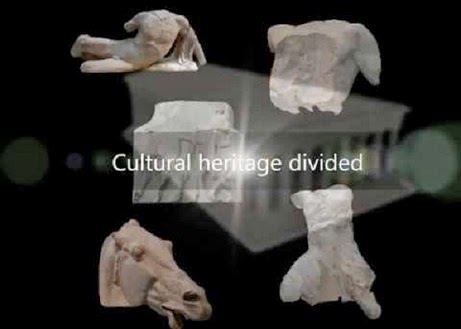Sew La Ti Embroidery [Search results for The Thing]
That Thing You Do?

Picasso, Matisse and... Tim Burton!..
The Bulldogs (based on an underground comic-book)

More Stuff: Is Greece about to lose the Parthenon Sculptures forever?

Heritage: Chile's quest to save melting mummies

Elf 'n' safety shuts Murray Mount: Fans might slip on the grass, warn officials

The Glazing Conundrum for Conversion Enthusiasts

Tom Andersen talks about horror, 3D & pissing Hollywood off

North America: Archaeologists call on feds to protect Chaco Canyon area

Nightmare for air passengers begins as hundreds of flights are cancelled and volcanic ash threatens half-term getaway

Solar: the Perfect Technology for the Contemporary Dwelling

Lauren Alaina and Scotty McCreery to battle it out in American Idol final... as Haley Reinhart is eliminated

Scrap Happy Table Runner tutorial

Teenager charged with trespassing on railway - after planking photo ends up on Facebook

An emotional Lady Gaga wipes away tears as she remembers Japanese earthquake victims

Collee Gets Creative

'I'm half the size I was': Dancing With The Stars' Kirstie Alley wins prize for biggest transformation as she celebrates finale

The blushing bride

Heritage: Egyptian mummy found at French dump to go on display

Architectural luxury Fiji

